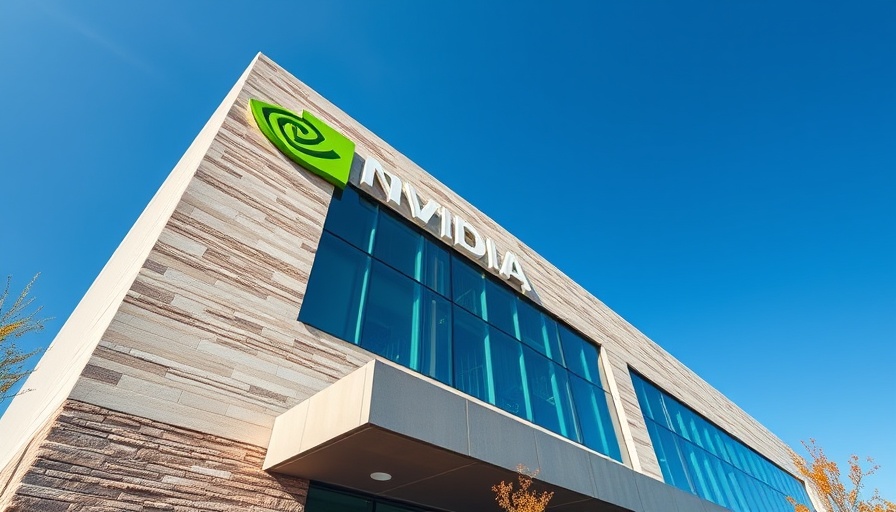
The Unconventional Growth Strategy of Trader Joe’s
In a world where retail giants often prioritize online shopping, Trader Joe's has chosen an intriguing path: opening two stores across the street from each other in Sherman Oaks, California. This striking decision marks a pivotal moment for the grocery chain, which has cultivated a unique brand over the past 52 years. Understanding the motivation behind this move is essential for small business owners and consultants aiming to draw insights from Trader Joe's growth strategy and customer-centric approach.
Understanding the Sherman Oaks Phenomenon
The two Trader Joe's stores, standing mere meters apart, are not just a quirky side note but are indicative of a larger strategy. According to Trader Joe’s spokesperson Nakia Rohde, this decision is rooted in a desire to serve their loyal customer base better. With the new store occupying 40% more space than its predecessor and offering a larger parking lot, Trader Joe's acknowledges that the needs of its community have evolved over the decades.
Why Expanding So Close?
This phenomenon raises a crucial question: why would a retailer open a new outlet right next to an existing one? For one, both stores are designed to enhance customer experience by offering different layouts and product ranges—a subtle yet significant differentiation. This strategy reflects the increasing demand for convenience in grocery shopping, as individuals lean towards businesses that can accommodate their differing preferences.
Embracing Nostalgia and Community
The decision to keep the original store open alongside the new site speaks volumes about Trader Joe's connection to its heritage and clientele. The original store, opened in 1973, is not merely a retail space; it represents a piece of history. By maintaining both locations, Trader Joe's acknowledges the emotional ties many local customers have with the older store.
Is This Sustainable?
While the immediate reaction from customers seems positive, one cannot help but wonder about the long-term sustainability of such a strategy. Will these stores cannibalize each other's sales or create a synergistic growth effect? The answer to this may lie in how well each location manages inventory, customer engagement, and promotional strategies. However, Trader Joe's minority ownership structure grants them the flexibility to experiment without the immediate pressure of short-term profits.
The Broader Implications for Small Business Owners
Trader Joe's approach offers valuable lessons for consultants and small business owners. It underscores the importance of knowing your audience and adapting to their needs. As businesses grow, the ability to pivot and provide choice can lead to enhanced customer satisfaction and loyalty. Additionally, maintaining a familiar brand presence fosters a sense of belonging among customers, which can be a powerful motivator for repeat business.
Future Trends in Retail Growth Strategies
As the retail landscape continues to shift, businesses must be agile in their strategies. The commitment to retaining an older store while opening larger, more equipped locations might inspire future trends in retail growth. Customized shopping experiences and hyper-localized strategies are likely to be at the forefront, with businesses examining the fine line between expansion and customer connection.
Final Thoughts: Making the Most of Expansion
In today’s fast-paced market, personal connection and nostalgia are as critical as ever. Trader Joe's unconventional store strategy epitomizes innovative thinking in retail growth—a testament to the brand's understanding of its core market. For consultants and small business owners, the key takeaway is simple: know your customer, prioritize convenience, and don’t shy away from building on legacy. As we witness Trader Joe's navigate this intriguing chapter, it’s a reminder that growth can sometimes mean stepping outside conventional norms.
What’s your take on Trader Joe's latest move? Are dual locations the future of marketing? Let us know your thoughts!
 Add Row
Add Row  Add
Add 






Write A Comment